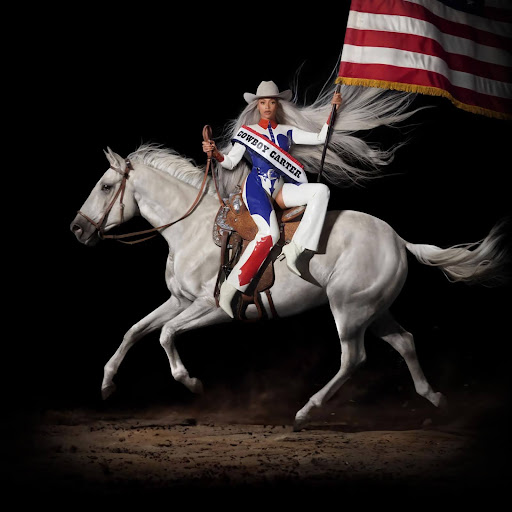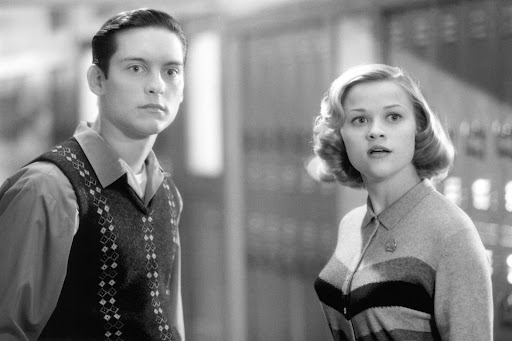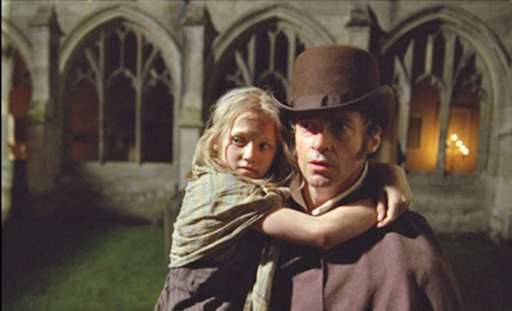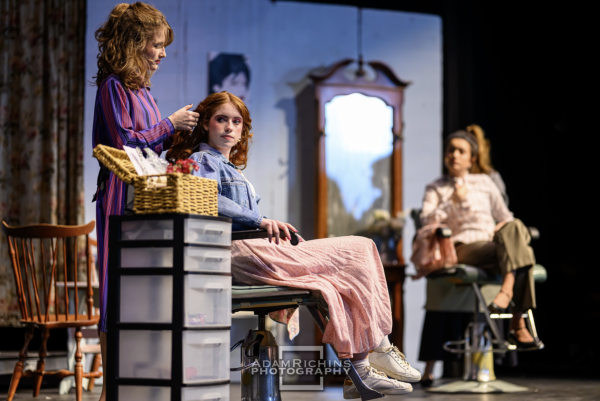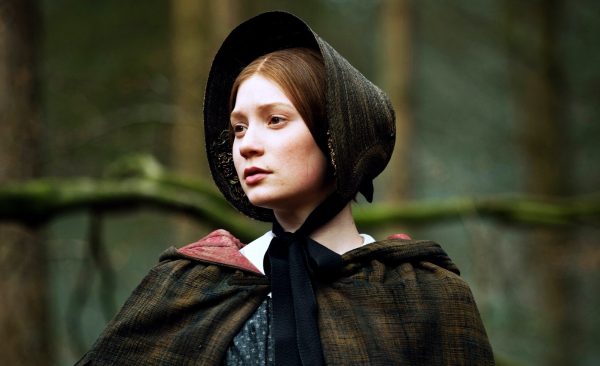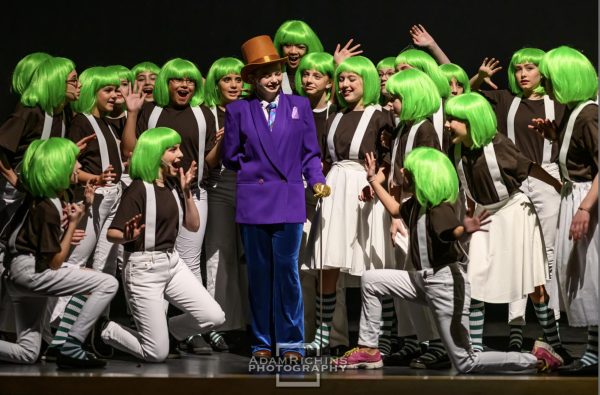Woolf and Bridgers: A unique understanding of sorrow
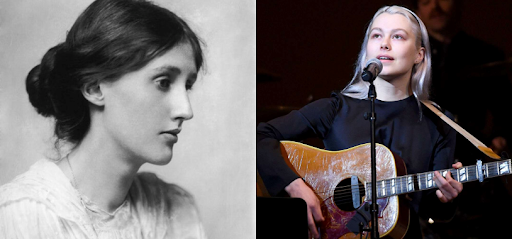
Both Virginia Woolf and Phoebe Bridgers understand the sorrow which accompanies life.
Often when we think of things that make us sad, we think of death. Everyone is going to face it at some point, and we are constantly encountering its bitter grip. It is simply unavoidable, and it hurts. Grief is the most poignant example of sorrow. But a sorrow less often discussed or obvious to us is the sadness that comes from life. The loneliness, meaninglessness, violence, and change present in our day-to-day life on earth cause a deep suffering which everyone partakes of in some way. While every author delves into the complexity of pain in some way, two authors stand out as muses of sorrow. Both Virginia Woolf, an English writer whose prose was lyrical and train-of-thought style, and Phoebe Bridgers, an American singer-songwriter whose haunting melodies and jarring lyrics have become more popular in the past five years, understand the sorrow which accompanies life.
Virginia Woolf was born in 1882 in London to socialite parents. She was surrounded in her youth by art, literary genius, and death. Her family had their own newspaper when she was young, and Virginia wrote cheerful articles and letters to her siblings, until the age of thirteen when her mom passed away. Her father passed away ten years later. Virginia suffered from depression and bipolar disorder which weaved in and out of her life and influenced much of the themes and characterization of her writing. In 1913, she tried to take her own life, driven by worries that she was a failure and despised by her closest friends. After this, she didn’t have such a severe episode for the rest of her life, but she took time off from her writing, which she was just beginning to publish. Her stream-of-consciousness style and fluid perception were new to the world of literature she entered into. She dove deep into the issues of her time, revealing her preoccupation with the suffering of the world. Woolf was often in search of meaning, saying:
“What is the meaning of life? That was all- a simple question; one that tended to close in on one with years, the great revelation had never come. The great revelation perhaps never did come. Instead, there were little daily miracles, illuminations, matches struck unexpectedly in the dark.”
In 1941, as World War II began, and she saw the horrors of war again, her depression came back, and she took her life on March 28th.
Phoebe Bridgers has a less exhaustive biography since she is alive and in the midst of her own musical career, but her music offers an interesting perspective on life. Her songs deal with the ordinary sadness of life, often touching on the meaninglessness of life, poverty, homesickness, and war. She employs simple instrumentals in the background of her melodies which highlight her voice. Her voice conveys an emotion in itself as she uses inflections and a sort of breathiness to make it sound like a whisper, like she’s tired. Her songs are relatable in their simplicity and complete sorrow. The best evidence for what Phoebe does in her music is her music itself, so I would recommend listening to a few songs to get a taste. (I Know the End, Day After Tomorrow, Smoke Signals) This is the second time the Looking Glass has recommended her, so take that as you will. A few lyrics that stand out in her search for a meaning in life and intense boredom come from her song Chinese Satellite:
“I want to believe
Instead I look at the sky and I feel nothing”
“Drowning out the morning birds
With the same three songs over and over
I wish I wrote it, but I didn’t so I learn the words
Hum along ’til the feeling’s gone forever.”
What is unique about these two is the lack of catalyst for their sadness. Their works make it seem as if they are perpetually suffering, that they aren’t experiencing this sorrow because someone died or they broke up with their boyfriend. They just understand the suffering of the world and are hurt by it. And their artwork, whether it be literature or music, turns this pain into something beautiful which connects humans in their common misery.
By Theresa Marcucci ‘23, Associate Editor-in-Chief
23tmarcucci@montroseschool.org

